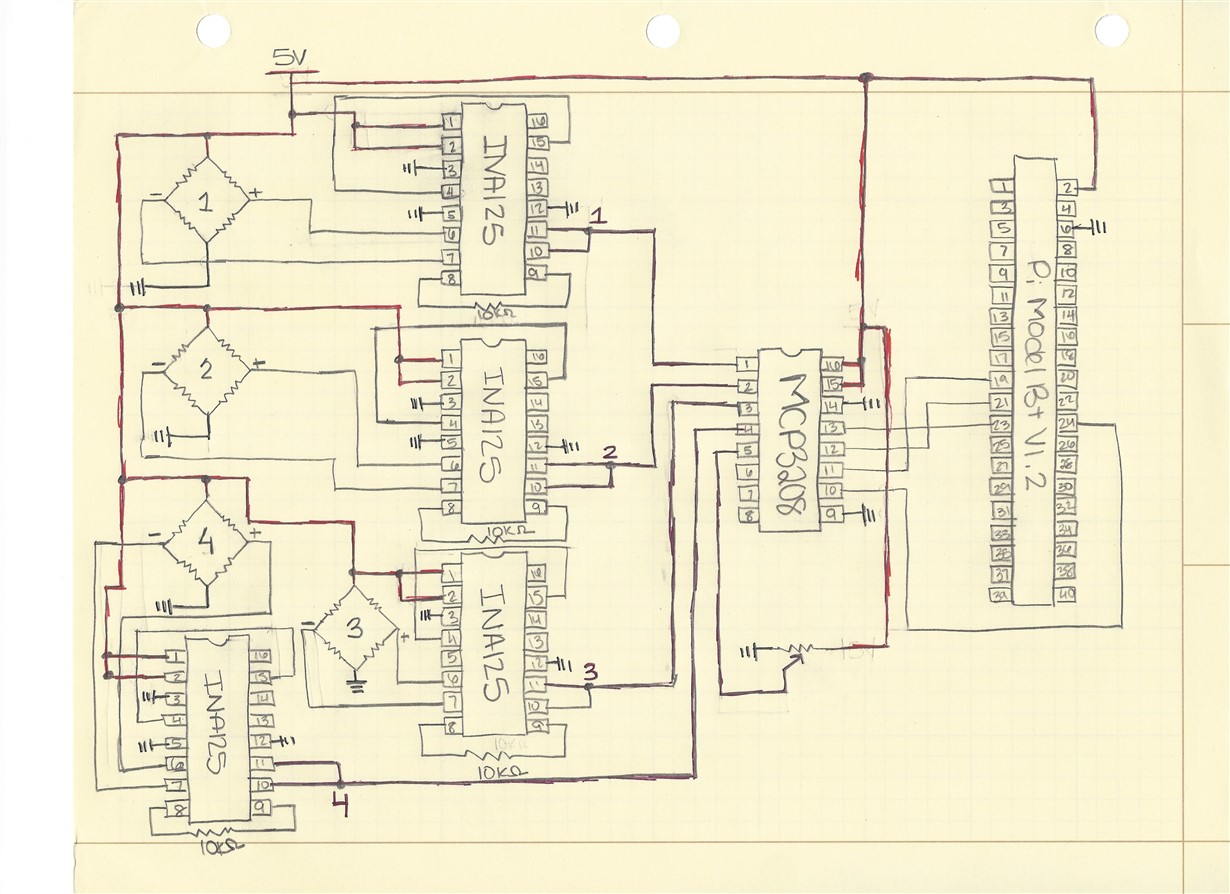- Ask a related questionWhat is a related question?A related question is a question created from another question. When the related question is created, it will be automatically linked to the original question.
This thread has been locked.
If you have a related question, please click the "Ask a related question" button in the top right corner. The newly created question will be automatically linked to this question.
I am working on a project with the FX1901 Compression Load Cell sensor to measure weight distribution. The voltage from load cell sensor is too small to be read by the ADC, which is an MCP3208. I connected them to the INA125 before the ADC before recording the data onto the Raspberry Pi. However there is an output voltage from the INA125 with zero weight placed onto the load cell of 0.07V. I have tested the INA125 with out the full connections and there is still an output of 0.07V. I need help figuring out what is going on with the INA125. Any advice will be welcome!